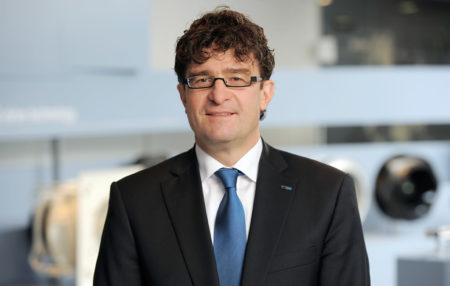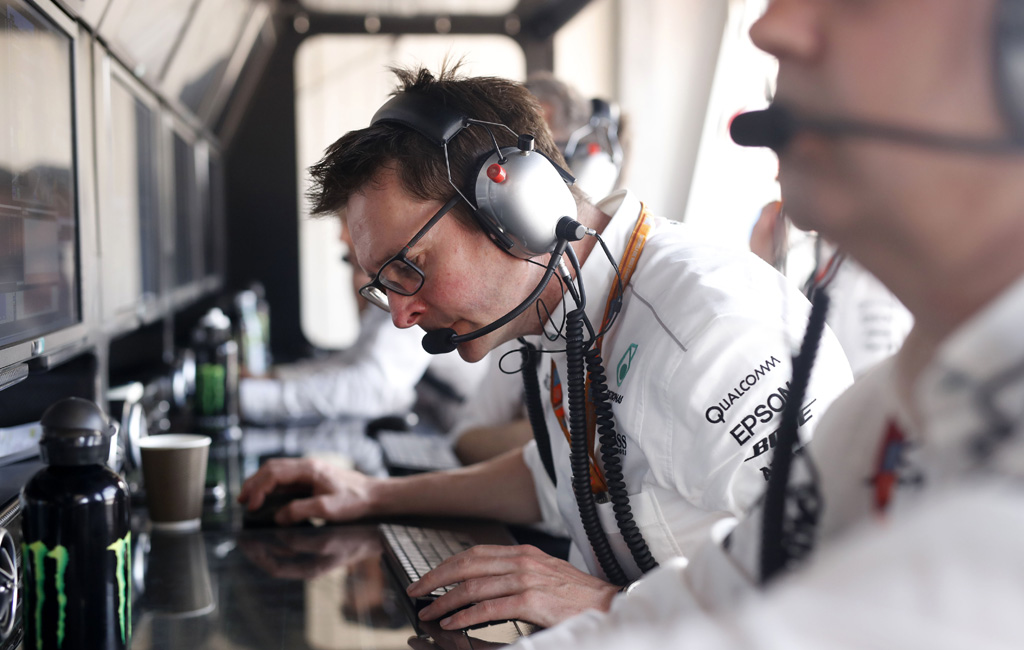The changes in the rules for the 2017 season of Formula One created quite a stir early this year. They were much more than a small facelift. They reached deep into the chassis and beyond to the aerodynamics of the vehicle.
Such changes to the requirements by the primary players are normal in the capital goods industry. “For us there are two driving factors: regulations that we must adhere to and a constant improvement in efficiency,” emphasizes Uwe Sigloch, Market Manager for Ventilation and Air Conditioning at ebm-papst. Over the last ten years, he has been dealing with a ruling that particularly concerns ebm-papst and its customers: the Ecodesign (ErP Energy-related Products) directive of the EU.
This is an expression of the Kyoto Protocol with the goal of making all energy-related products more efficient – from motors to fans, to entire air-conditioning systems. For example, the directive establishes minimum efficiency requirements for fans.
Just don’t be the last

When the first phase of the directive came into force in 2013 after years of planning, approximately 30 percent of all fans did not meet the requirements. “There are always market players who want to maintain the status quo,” says Sigloch. “If you cannot clear the hurdle, you will be disqualified – and most likely disappear from the market.”
In order for this not to happen, ebm-papst had to adjust some things: organizational structures, data sheets –and of course, products. “You have to tackle things and possibly redesign them. Often, a device can no longer look like it did before.”
If you cannot clear the hurdle, you will be disqualified
Uwe Sigloch, Market Manager for Ventilation and Air Conditioning at ebm-papst
A good example is the RadiCal centrifugal fan where the flowpath of the air was optimized by ebm-papst engineers to reduce losses. In addition, they also replaced the AC motors that could no longer meet the efficiency criteria with highly efficient GreenTech EC motors. They not only work very efficiently in the ErP-rated peak efficiency range, but also in the partial load range.
The industry needs time to prepare

Mercedes-AMG Petronas Motorsport also has to allocate resources in the organization in the best possible way, as Performance Director Mark Ellis points out: “Throughout the year we constantly assess how we can best deploy our workforce and what percentage we focus on the present season compared to future projects.”
But there are also differences. “In the capital goods industry, we need plenty of time to prepare for changes. It is quite different in Formula One,” says Sigloch. At least the Ecodesign approach makes it clear where we are going. The trend is towards increasingly lower energy consumption – and the directive provides for this step by step. The next phase is expected to come into force in 2020, which will allow us to work towards it. ebm-papst products already exceed the minimum efficiency requirements of tomorrow by far.
Of course the changes in the rules for Formula One are not as predictable. Nevertheless, it is important for Mercedes-AMG Petronas Motorsport to work with an eye on the future, as Mark Ellis emphasizes: “We have to keep ahead of our competition every single day. Obviously the need for this changes most dramatically during a regulation change, but these changes never come out of the blue. We plan and organise in advance to take these changes into consideration.”
Once change leads to the next

The effects of the new rules are not over when a new car is presented before the start of the season. “We are constantly refining the aerodynamic components on our car, which can be introduced in isolation or as part of a bigger package,” explains Geoff Willis, Technology Director at Mercedes-AMG Petronas Motorsport. “The upgrades we brought to the 2017 Spanish Grand Prix following the first four races of the season are a great example of this. The new front wing and nose were redesigned for greater airflow and to work in harmony with the new floor design for the car.”
Changes on front wing and nose during the season:


Slide the arrows in the middle to compare the front wing and nose.
Any intervention in one part of the system will affect other areas. It is no different in industry – especially when you are supplying components. “If the fan becomes bigger for some reason, the device may eventually have to be bigger, and maybe even the building will have to be bigger,” suggests Uwe Sigloch.
Such a large system is as complex as a racing car, but there are significantly more parties involved – and all must comply with the same rules. “Rules are only as good as their enforcement,” emphasizes Sigloch. And he wants that to work as well as it does in Formula One. “If someone cheats, he should be punished. There are still gaps in the industry. In this respect, Formula One is already further ahead.” But the market is also a bit smaller.

Muy buena nota interesantes conceptos